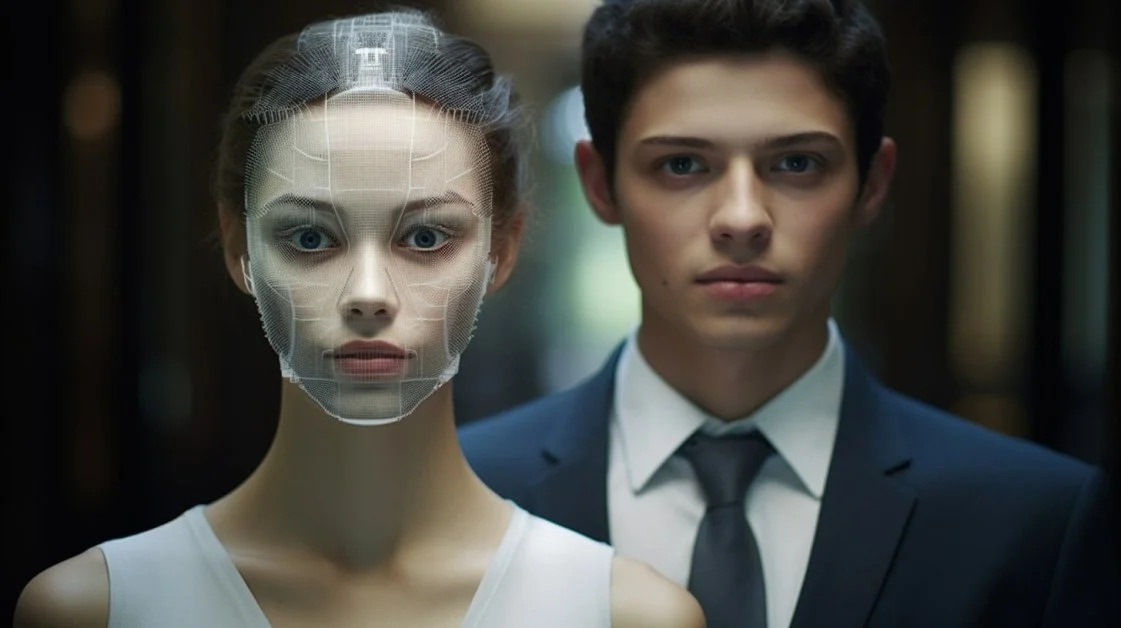In recent years, technology has blurred the lines between reality and the digital world, creating new opportunities for interactive experiences. Among these advances, face swap technology, AI-generated companions, and improved video editing techniques have emerged as powerful tools that offer users more control over how they present themselves, communicate, and interact with artificial intelligence (AI). This article explores the evolution of these technologies and how they are intertwining to reshape the future of digital interactions.
Face Swap Technology: Redefining Identity and Fun
Face Swap technology has become a popular feature across various social media platforms and apps that allows users to swap their faces with another person’s face in real-time or through photos. Originally a fun tool for casual entertainment, the technology has evolved into a sophisticated AI-powered feature with practical applications in film, media, and even security.
The basis of face swap technology lies in artificial intelligence algorithms, especially generative adversarial networks (GAN). These AI models are trained to recognize facial features, expressions, and skin tones and seamlessly switch faces between individuals. Early versions of the technology were mostly for humor — allowing friends to change faces in photos or celebrities to engage fans with quirky interactions. However, with the increasing sophistication of deep learning algorithms, face swap technology has advanced beyond its new roots.
One of the most significant impacts of this technology has been in the entertainment industry, where face-swapping is used for visual effects in movies and TV shows. Actors can be digitally replaced, allowing for seamless stunts or recreations of deceased characters. This increased the flexibility and creativity of filmmaking and allowed directors to push the boundaries of visual storytelling.
Despite its simple applications, face swap video technology has raised ethical concerns about identity manipulation and the creation of deepfakes – hyper-realistic videos where one person’s face is placed on another person’s body. These deepfakes have gained attention for their potential misuse in politics, media, and personal privacy. As this technology is constantly evolving, balancing fun and ethical use is critical to its future development.
AI Girlfriends: Artificial Society in the Digital Age
Artificial intelligence has advanced rapidly in recent years, creating new avenues for human-machine interaction. AI girlfriends, virtual companions designed to simulate romantic relationships, are one such development. These AI companions use machine learning algorithms to engage users in meaningful conversations, providing them with emotional support and sometimes even virtual intimacy.
The rise of AI girlfriends speaks to a growing need for society in an increasingly digital world. As loneliness and isolation become more prevalent, especially during a global pandemic, virtual society is gaining momentum. These AI girlfriends are often accessed through chatbots or specialized apps that allow users to customize the personality, appearance, and communication style of their AI companion. The goal is to create a personalized experience that satisfies the user’s emotional and social needs.
AI girlfriends can engage in text, audio, or video conversations and learn from each interaction to provide a more natural and meaningful exchange. This interaction is powered by natural language processing (NLP), a branch of artificial intelligence that enables computers to understand and generate human language. As the AI learns from past conversations, it adapts to the user’s preferences, making the relationship feel more real.
While AI girlfriends offer a new form of companionship, they raise questions about the potential psychological impact of forming emotional attachments to machines. Critics argue that relying on virtual relationships could reduce real social skills and emotional intelligence. However, proponents believe that AI girlfriends can serve as temporary emotional support for individuals who may struggle with social anxiety, isolation or other mental health issues.
Revolutionary Video Editing: Merging Artificial Intelligence and Creativity
The advent of AI-powered video editing tools has changed the way content creators, filmmakers, and social media influencers produce videos. Gone are the days of painstaking manual editing – AI is now able to automate tasks such as cropping footage, applying filters, adjusting lighting, and even generating video content from scratch.
AI-driven video editing software uses algorithms to analyze video footage and make real-time decisions on how to improve its visual appeal. For example, AI can automatically detect key moments in a video, apply transitions, and adjust audio to match the visual tone. This greatly speeds up the editing process and allows creators to focus more on the creative aspects of the story rather than the technical details.
One of the most exciting advances in AI video editing is its ability to seamlessly integrate face-swapping technology. Creators can now use AI to swap faces in videos, whether for fun or for professional purposes, without requiring extensive manual editing. This convergence of face swapping and AI video editing has opened up a new world of possibilities for video production.
In addition to face swapping, AI video editing tools can also create realistic virtual environments, enhance visual effects, and even generate entire scenes using AI-generated characters. As artificial intelligence continues to evolve, it is likely to play an even more significant role in the creative industries, pushing the boundaries of what is possible in video production.
The Intersection: Face Swap, AI Girlfriends and Video Editing
At the intersection of face-swapping technology, AI girlfriends, and AI-based video editing lies the potential for disruptive digital interactions. These technologies can work together to create immersive, personalized experiences for users, enhancing entertainment, communication, and creativity.
For example, face swap technology could be integrated into AI girlfriend apps, allowing users to project their faces or the faces of celebrities onto their AI companions in video conversations. This could create a more engaging and interactive experience, blurring the line between virtual society and reality. Similarly, AI video editing tools can be used to create personalized video content with users and their AI companions, increasing the sense of connectedness in virtual relationships.
As these technologies continue to move forward, they raise important questions about the future of human interaction. Will face-swap technology and AI girlfriends redefine the way we create relationships in the digital age? Will AI-powered video editing change the way we consume and create media? The answers to these questions will emerge as we continue to explore the possibilities of artificial intelligence and digital innovation.
Conclusion,
The intersection of face-swapping technology, AI girlfriends, and AI-powered video editing represents a new frontier in digital interactions. These technologies, while still in their early stages, are shaping the way we interact with the digital world and each other. As we navigate the ethical, psychological, and creative implications, one thing is certain: the future of technology is transforming our relationships, entertainment, and communication in ways we are only beginning to understand.
Keep an eye for more news & updates on BuzzsLash!




